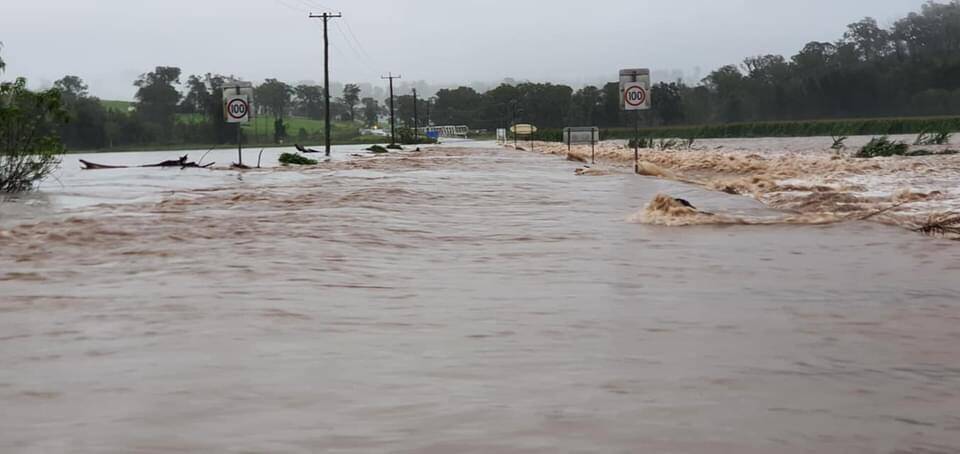The Bureau of Meteorology (BOM) ENSO Outlook has moved from La Nina to inactive as most El Nino-Southern Oscillation (ENSO) indicators have now returned to neutral levels. Climate model outlooks suggest the Pacific will remain at neutral ENSO levels at least until the winter.
Subscribe now for unlimited access.
$0/
(min cost $0)
or signup to continue reading
This will come as good news to the coastal farmers who have received, in some cases record rainfall during March, which came on top of a wetter than average summer. But the BOM has said April may still bring above average rainfall to eastern areas which poses risks of further flooding in already saturated catchments.
Tropical Pacific Ocean sea surface temperatures have persisted at ENSO-neutral values for several weeks. Below the surface, much of the tropical Pacific is now at near average temperatures. Atmospheric indicators are also generally at neutral ENSO levels. The Southern Oscillation Index (SOI) is close to zero, while trade winds are currently being enhanced by the Madden-Julian Oscillation (MJO). Only cloudiness near the Date Line continues to show a weak La Nia-like signature.
These changes are consistent with climate model outlooks, which have indicated a return to ENSO neutral during the southern hemisphere autumn, with little indication of a return to La Nia patterns in the coming months. A return to ENSO neutral conditions in autumn is also typical of the life cycle of ENSO events. All models indicate ENSO will remain neutral until at least the end of the southern winter.
- April to June is likely to be wetter than average (chance of exceeding median is more than 60%) across the tropical north of Australia, extending from northern WA across to northern Queensland. Remaining areas mostly show no significant shift towards a wetter or drier three months (chances of exceeding median is close to 50%).
- The 3-month wet signal is dominated by the April outlook, with April likely to be wetter than average across a similar area, including northern parts of WA, the NT, and Queensland, and also in the south-east across Tasmania, southeast SA, and patchy areas of Victoria. May, on the other hand, is likely to be a drier month for parts of northern and south-west Australia with the remainder of the country having roughly equal chances of a wetter or drier than average month.


